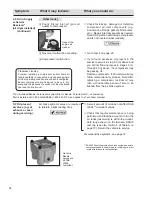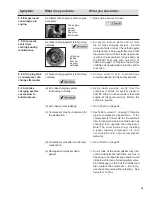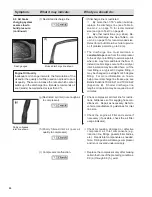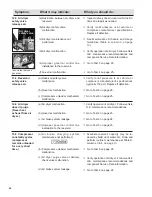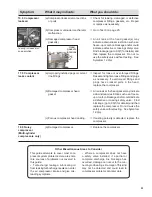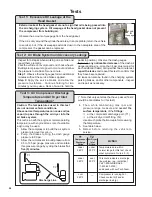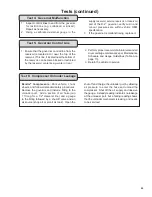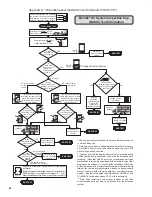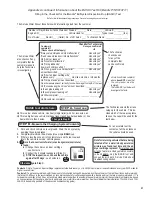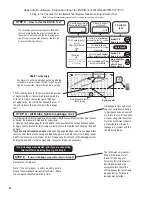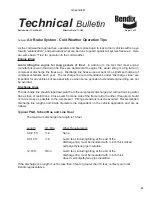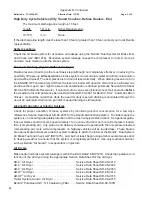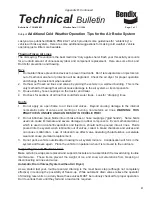
29
Technical
Bulletin
Bulletin No.: TCH-008-021
Effective Date: 11/1/92
Page: 1 of 2
Subject:
Air Brake System - Cold Weather Operation Tips
As the cold weather approaches, operators and fleets alike begin to look to their vehicles with an eye
toward “winterization”, and particularly what can be done to guard against air system freeze-up. Here
are some basic “Tips” for operation in the cold weather.
Engine Idling
Avoid idling the engine for long periods of time!
In addition to the fact that most engine
manufacturers warn that long idle times are detrimental to engine life, winter idling is a big factor in
compressor discharge line freeze-up. Discharge line freeze-ups account for a significant number of
compressor failures each year. The discharge line recommendations under “Discharge Lines” are
important for all vehicles but are especially so when some periods of extended engine idling can not
be avoided.
Discharge Lines
The discharge line should slope downward from the compressor discharge port without forming water
traps, kinks, or restrictions. Cross-overs from one side of the frame rail to the other, if required, should
occur as close as possible to the compressor. Fitting extensions must be avoided. Recommended
discharge line lengths and inside diameters are dependent on the vehicle application and are as
follows.
Typical P&D, School Bus and Line Haul
The maximum discharge line length is 16 feet.
Length
I.D. Min.
Other Requirements
6.0-9.5 ft.
½ in.
None
9.5-12 ft.
½ in.
Last 3 feet, including fitting at the end of the
discharge line, must be insulated with ½ inch thick closed
cell polyethylene pipe insulation.
12-16 ft.
5/8 in.
Last 3 feet, including fitting at the end of the
discharge line, must be insulated with ½ inch thick
closed cell polyethylene pipe insulation.
If the discharge line length must be less than 6 feet or greater than 16 feet, contact your local
Bendix representative.
Appendix B




